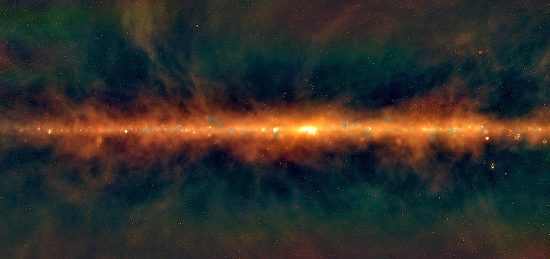
Dec 2, 2019
Stars explode for reasons not commonly reported.
Astronomers using the GaLactic and Extragalactic All-sky MWA survey recently discovered 27 new supernova remnants in the center of the Milky Way. Stars that are about eight times the Sun’s mass are subject to explosions that can eject their outer layers into space.
Electric Universe proponents agree that a supernova is an exploding star. However, since stars are composed of plasma and not neutral matter they should be thought of as emergent phenomena. “Emergent” means: “arising as an effect of complex causes and not analyzable simply as the sum of their effects.” As written elsewhere, properties like filamentation, long-range attraction and short-range repulsion, cell-like differentiation, and characteristic instabilities indicate a system of interaction.
Electricity flowing through plasma creates regions of charge separation isolated by double layers. It is charge separation that is the foundation for a star’s life, as well as its death.
Stars are fueled by external electric charge flowing through vast circuits in space. Rather than explosions, supernovae result from an overload in their stored electromagnetic energy, similar to a capacitor when its dielectric medium is overcome. Electricity in the stellar circuit will concentrate at one point, initiating a double layer detonation.
When a star’s double layer explodes, it sends radiation blasting across the entire electromagnetic spectrum. This accelerates the double layer’s expansion. Acceleration can continue out to many stellar diameters, giving off a burst of high-energy “light” like that from a lightning bolt, with rapid onset and exponential decline.
Supernovae can emit concentrated jets of material that burst from their axes. However, since jets are electromagnetic in nature, and the plasmas through which they move are electrically charged, shock waves and heat are by-products of a phenomenon that is primarily electrical.
Plasma can be defined as any substance containing charged particles: electrically charged dust, neon lights, lightning, planetary magnetospheres, the so-called “solar wind”, stars, and even galaxies are matter in the plasma state. Just as solid, liquid and gaseous states exist, plasma is another condition that exhibits unique properties, including supernovae.
Filaments of electricity flow in closed circuits through plasma. Phenomena that appear “mysterious” to space scientists are readily explained using observational evidence coupled with the results from laboratory experiments. That fact helps to distinguish Electric Universe concepts from others.
Stephen Smith
The Thunderbolts Picture of the Day is generously supported by the Mainwaring Archive Foundation.












